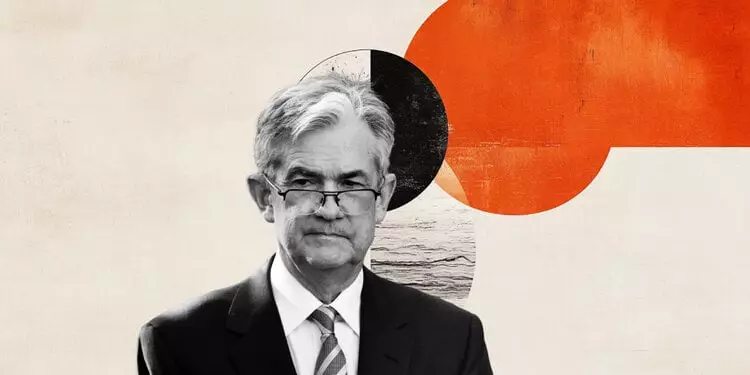In recent market movements, U.S. Treasury yields have exhibited a notable easing, reflecting broader dynamics in monetary policy and economic sentiment. This unexpected shift followed comments from Federal Reserve Chair Jerome Powell, who emphasized that the Fed could exercise patience in its approach to policy adjustments. The central bank, tasked with maintaining a delicate balance between price stability and full employment, finds itself at a crossroads as numerous external factors influence the path ahead.
A significant implication of Powell’s remarks lies in the identification of tariffs as a potential obstacle to achieving the Fed’s objectives. His assertion that tariffs could hinder economic progress has added layers of uncertainty regarding fiscal strategies. As Powell navigates the complexities of these challenges, investors are closely scrutinizing the implications for both the markets and the overarching economic landscape.
Market Reactions: A Telltale Sign
As Treasury yields moderated, the broader financial markets showed a reflexive response, particularly influencing the U.S. Dollar Index (DXY). After briefly climbing to a peak of 99.63, the DXY retreated to 99.51, demonstrating the vulnerability of the dollar in light of declining yields. The decrease of two and a half to three basis points across the yield curve underscores how sensitive the markets are to Fed guidance, revealing a world where investor confidence hangs delicately in the balance.
The interplay between interest rates and the dollar is not merely theoretical; it manifests in tangible shifts in investor sentiment. As borrowing costs rise, international interest in U.S. assets may increase, providing strength to the dollar. Conversely, lowered rates can lead to diminished appeal, as seen in the fluctuations signaled by Powell’s cautious optimism. This ongoing ebb and flow underscores the necessity for robust analysis and understanding of evolving fiscal policies.
The Dual Mandate in Focus
The essence of the Fed’s dual mandate—price stability and full employment—has increasingly become a focal point for policy discussions and investor strategies. Powell’s recent commentary signaled a recognition of the complexities surrounding inflation and employment figures. With rising prices threatening to exceed the Fed’s 2% target in some instances, the challenge lies in determining the appropriate timing and scale of rate adjustments to steer the economy back toward desired outcomes.
Interestingly, the decision-making body within the Fed—comprising the Federal Open Market Committee (FOMC)—is a dynamic one, with input from a diverse array of officials. Each meeting presents an opportunity for a thorough assessment of economic drivers and an evaluation of potential interventions. Given the multiplicity of stakeholders involved, it becomes imperative that investors remain attuned to the evolving perspectives that emerge from these sessions.
Monetary Tools in a Modern Context
In times of economic distress, the Fed has a range of tools at its disposal, including the often-debated practices of Quantitative Easing (QE) and Quantitative Tightening (QT). While QE has served as a controversial but necessary recourse during periods of financial instability—such as during the Great Financial Crisis—QT marks a reversal that can fortify the dollar’s position. The balance between these contrasting measures plays a crucial role in shaping market expectations, and the Fed’s navigation through this landscape is pivotal to the overall health of the economy.
These practices not only influence consumer behavior and investment trends but also echo through global markets, where the strength or weakness of the dollar can dictate trade dynamics and international relationships. In essence, monitoring these shifts offers invaluable insights into the broader economic narrative and the nuanced choreography of U.S. monetary policy.
A Future of Uncertainty
As Powell articulates the Fed’s cautious stance amidst fluctuating tariffs and complex economic indicators, the environment is rife with uncertainty. How the Fed chooses to address these challenges could redefine its engagement strategy in the months and years to come. Investors must be equipped to interpret these shifts thoughtfully, recognizing that the outcomes of fiscal policies will reverberate far beyond U.S. borders, influencing global markets and economies.
In an intricate web of factors influencing monetary policy, what remains clear is the importance of patience and preparedness. The Fed’s approach, characterized by vigilance and responsiveness, will serve as a beacon for navigating the complex landscape that lies ahead. Each decision made at those FOMC meetings may well shape the trajectory of not just the U.S. economy, but the entire global financial ecosystem.

